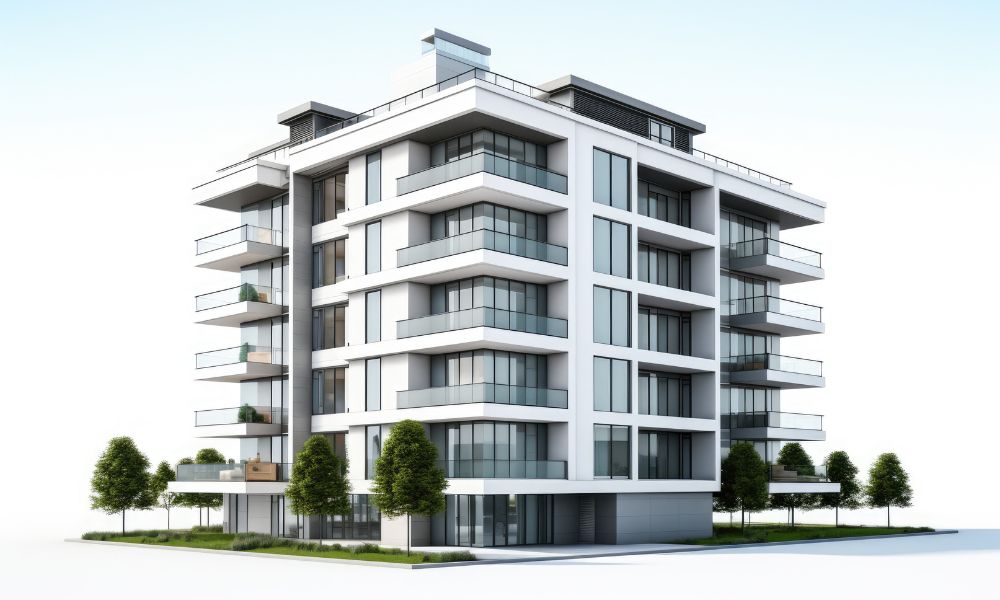G&P Associates - Blog
What You Should Know About Scan to BIM Services
Posted: April 17, 2024

When it comes to modern architectural and engineering practices, the precision of data collection and the efficiency of project management can make all the difference. This is where Scan to BIM (building information modeling) services come into play, revolutionizing the field with their capabilities.
As lofty as these terms sound, this process is far more than a concept; it’s a critical technology shaping the future of these industries, driving salient transformations in the design process, and yielding remarkable results in final project outcomes. This post dives into the core of Scan to BIM, offering insights on everything you should know about this crucial service.
Understanding Scan to BIM
Scan to BIM is at the heart of the process of taking laser scans of a physical space and converting them into a digital model. This approach harnesses the precision of 3D laser scanning to capture existing conditions with an unrivaled level of detail. The scanned data is then converted to a BIM model, enabling architects and engineers to design, construct, and manage buildings with accurate and up-to-date information. It’s no secret why this has become the linchpin in modern architectural and engineering projects.
The transition from traditional manual surveying to 3D laser scanning may seem sudden. Still, it’s been a necessary evolution technique to cope with the increasing complexities and demands of construction work. By providing an exact replica of the existing structure, Scan to BIM delivers a platform for simplifying the design and decision-making processes rather than complicating it.
Benefits of Scan to BIM
The benefits of Scan to BIM are innumerable. First off, it allows designers to work with current project conditions, eliminating the risk associated with over-reliance on old data. This real-time data helps identify potential discrepancies between the original plan and the as-built conditions. The accuracy of the model will then continue to drive precision in designing and construction, offering stakeholders visual clarity throughout the project’s lifecycle.
On top of that, this technology further supports efficient space and facility management post-construction. It does this by aiding in performing impact analyses, accelerating the approval process, and reducing the potential for design adjustments during the construction phase.
Potential Applications for Scan to BIM
One of the more important things to know about the Scan to BIM model is that it isn’t limited to a specific project type or size; its applications are widespread. This service caters to renovation projects, infrastructure development, heritage conservation, energy retrofit assessments, and more. Its versatility allows for proactive planning, efficient use of resources, and sustainability in the built environment. Plus, who knows how this type of service will evolve in the future? The list of options is nearly endless.
Choosing the Right Scan to BIM Service Provider
Because of the technology and expertise needed, it’s best to rely on professionals for Scan to BIM services. When selecting a service provider, find one that’s experienced, capable, and equipped with the latest software and hardware technologies. Considerations such as the provider’s project portfolio, software compatibility, turnaround times, and cost should not be overlooked.
Lucky for you, G&P Associates fits the bill for these qualities and many more. If you want the best Scan to BIM services available, you should contact us. We’ll be able to help out with your project in ways you never thought imaginable.
